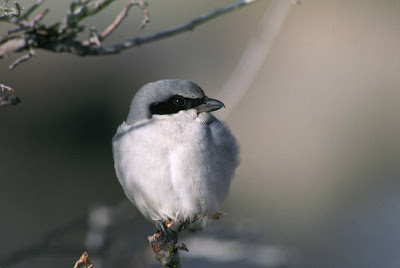They have permission to trap and band 10 whooping cranes in the winter and 10 in the summer for three years. It's a big job, and potentially dangerous for all concerned. Trapped birds can develop a potentially fatal muscle ailment called capture myopathy. Bird-banders can get pecked or scratched.The program was developed partly to avoid situations like the particularly bad winter that the flock suffered in 2008-2009, when 57 of the cranes died. The location data gathered by the GPS units will provide more detailed information about cranes' migration routes and favored habitats.
The birds are caught with a rope snare that lies on the ground and is attached to a bent fishing rod. When a walking crane trips it, the rod recoils and tightens the leg noose in a way designed not to traumatize the bird. Two whoopers were outfitted with GPS anklets last winter. Start to finish, the procedure took 15 minutes for one and 16 minutes for the other.
Each device costs $4,500, and the tracking service, provided by a private company, costs $1,500 a year. The anklets are solar-powered and designed to last at least three years. In a trial run the researchers last spring put devices on two sandhill cranes; they're still working.
"We hope to learn something about their habitat-use patterns," Chavez-Ramirez said. "Where do they spend the night? What are the characteristics of those sites, the depth of the water, the vegetation? We've never had a quantifiable way to evaluate where they roost."This point is not mentioned in the Post article, but I hope that the data gained from the study can help the eastern flock in some way as well.
Wetlands are being lost throughout the birds' migration route, he said. The tracking program "will let us understand what they want and what they use so that perhaps we can reproduce those conditions."
It may also help answer more speculative questions.
As part of her research, Gil has correlated climatic variables with the whooping crane population size and the reproductive success of birds identified by colored leg bands (including one four-generation lineage). She has found that the population declines in rough synchrony with the Pacific Decadal Oscillation, a pattern of Pacific climate variability similar to El Niño. This decline is probably due to weather extremes during those years: low temperatures, which stress the birds, and a shortage of rain, which lowers water levels and exposes their nests to predation.















































